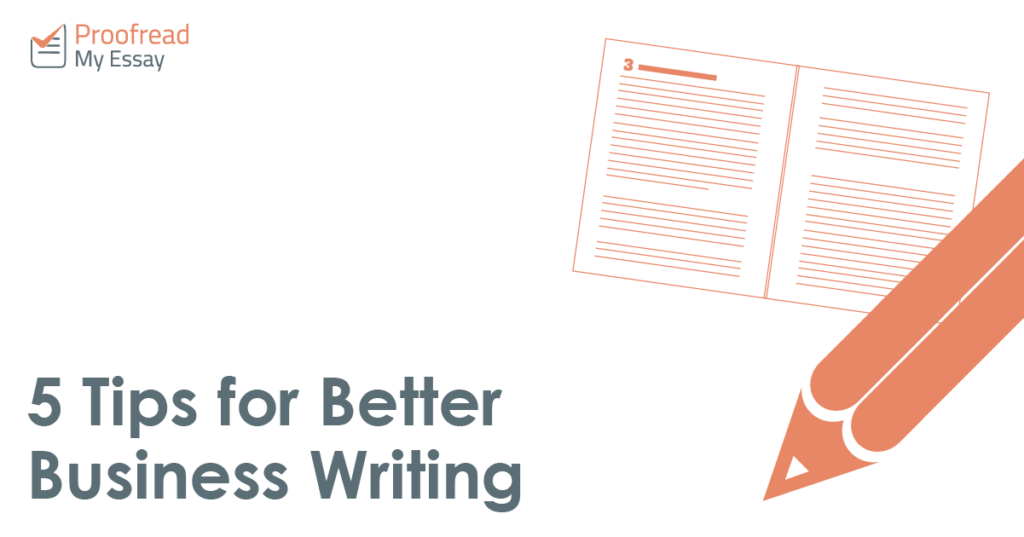‘Business writing’ is a funny concept, since it varies so much depending on the situation. However, there are a few general guidelines that help in most cases. So, whether you’re writing a company newsletter, copy for a website or an in-depth business report, check out our tips below!
1. Know Your Audience
The first question to ask with any piece of writing is ‘Who am I writing for?’. After all, copy aimed at clients or the general public will have a completely different tone to an internal business report.
Once you know your audience, you can tailor the style and vocabulary to match.
2. Dump the Jargon
Unless you’re writing something very technical, it’s always better to use everyday words. Complicated jargon and company buzzwords might sound impressive, but they usually get in the way of clarity.

(Photo: PollyDot)
This is particularly true for writing aimed at the public, but using easy-to-follow language is a good idea in most cases. If you have a specialised role at your company, remember that not everyone will share your expertise. Setting out your ideas in simple terms will help other people to understand.
3. Keep It Concise
The world is a busy place. You might have a lot to say in your report, newsletter or marketing email. But will anyone have time to read it? The short answer is ‘probably not all of it’.
Find this useful?
Subscribe to our newsletter and get writing tips from our editors straight to your inbox.
At least, not if you write too much. The best way to keep people engaged is to keep to the point. Using the active voice helps, as does cutting out unnecessary terms and repetition. And if you’re writing a business report, make sure to include an executive summary at the start.
4. Use Headings to Guide Your Reader
Headings are a wonderful tool in business writing. As well as letting you break down a document into easily digestible chunks, they can help guide your reader.
Sorry, sports fans. Wrong type of ‘heading’.(Photo: Ally Middleton/flickr)
If someone is skim reading a report or marketing email, for instance, they’ll often use headings to find key information. So, if you have something you want your reader to see, you need to signpost it!
5. Always Proofread!
You’d expect proofreaders to insist on this, but it is important. Even minor errors can look bad to your reader, as it may seem like you don’t care enough to check your writing. And if it’s a prospective client or your line manager reading your work, you want to make a good impression!
As such, you have a few options. One is to proofread it yourself (if you do this, try printing out the document, which will help you spot errors you might miss on screen). Another is to ask a friend or colleague to check it for you. The best option, though, is to ask a professional proofreader!



